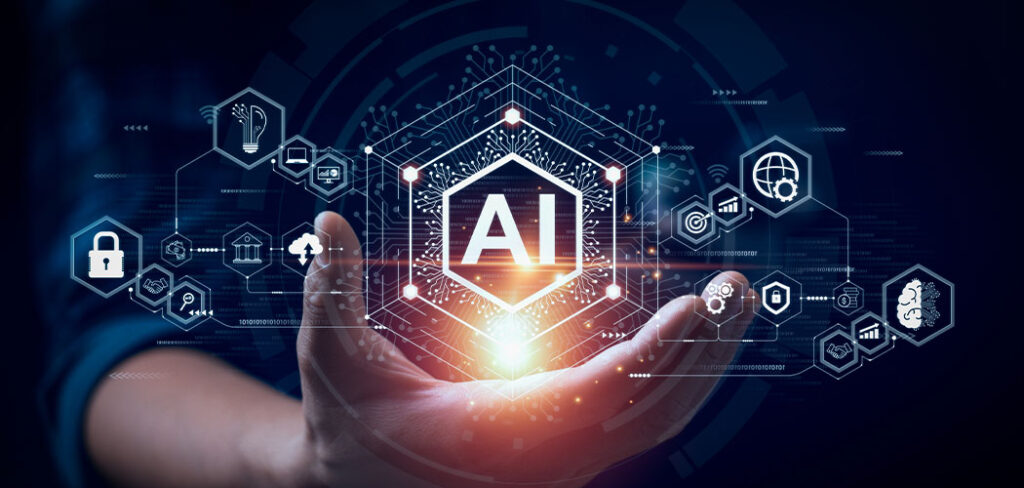ARTIFICAL INTELLIGENCE

Artificial intelligence (AI) refers to the simulation of human intelligence in machines that are programmed to think, learn, and perform tasks that typically require human intelligence. These tasks can include problem-solving, decision-making, understanding natural language, recognizing patterns, and adapting to new information The Rise of Artificial Intelligence: Revolutionizing the Future:In recent years, artificial intelligence (AI) has emerged as one of the most transformative and disruptive technologies of the modern era. From enhancing healthcare and education to reshaping industries like finance, manufacturing, and entertainment, AI is becoming an integral part of our daily lives. But what exactly is AI, and how is it reshaping our world? HOW DOES AI WORK? Artificial intelligence (AI) works by using algorithms and models that enable machines to simulate human-like intelligence and decision-making. AI systems rely on vast amounts of data, computational power, and specific techniques to analyze information, learn patterns, and perform tasks autonomously or semi-autonomously. 1. Data Collection: AI systems gather and input data.2. Learning from Data: AI models use machine learning techniques to identify patterns and make decisions.3. Processing Information: The system processes the data through algorithms and models.4. Making Decisions: AI uses the learned patterns to predict outcomes or take actions.5. Continuous Improvement: AI systems improve as they process more data and receive feedback. TYPES OF ARTIFICIAL INTELLIGENCE 1. Supervised Learning: The AI model is trained on labeled data, where the correct answer is provided for each input, allowing the model to learn from examples. • Example: Image classification, where each image is labeled as “cat” or “dog.”2. Unsupervised Learning: The AI system is given data without explicit labels and must find patterns or relationships on its own.• Example: Clustering data into groups based on similarities, such as customer segmentation.3. Reinforcement Learning: The AI learns by trial and error, receiving rewards for correct actions and penalties for mistakes. • Example: A robot learning to walk or a game-playing AI improving its strategy. The field of AI can be divided into two broad categories: 1. Narrow AI (Weak AI): This type of AI is designed to perform a specific task, such as recommending movies on Netflix or recognizing faces in photos. It does not possess consciousness or general intelligence beyond its designated function.2. General AI (Strong AI): General AI, still a theoretical concept, would have the ability to perform any intellectual task that a human can do, including reasoning, learning, and problem-solving. General AI remains a subject of future research and development. AI in Action: AI is used across various industries and applications: • Healthcare: AI analyzes medical data to assist in diagnosis, treatment plans, and drug discovery. • Finance: AI models predict stock market trends, detect fraud, and optimize financial portfolios. • Autonomous Vehicles: AI enables self-driving cars to perceive their environment, make decisions, and navigate. • Retail: AI personalizes shopping experiences, provides recommendations, and manages supply chains. • Customer Service: Chatbots use AI to handle customer inquiries, answer questions, and solve problems.